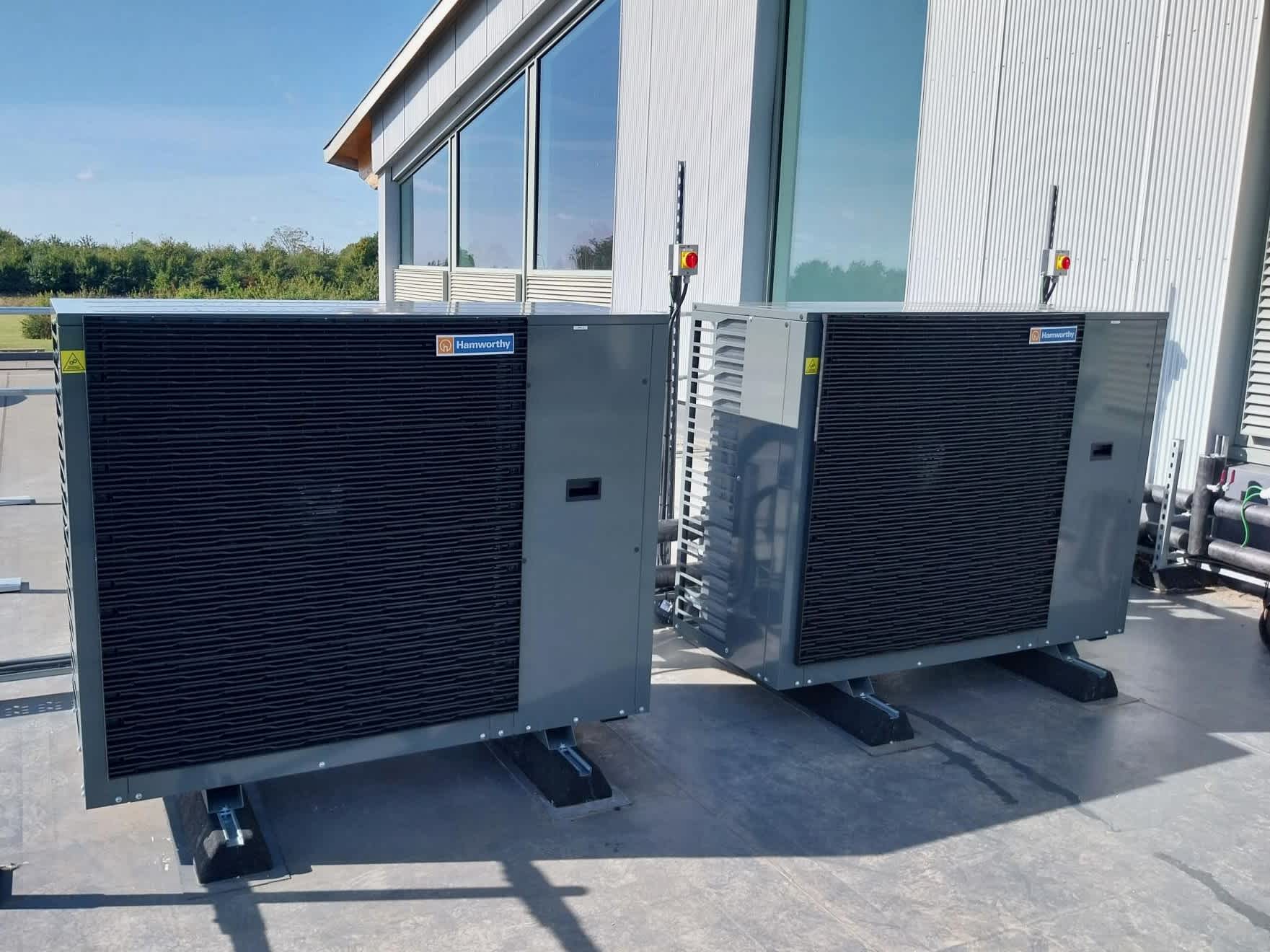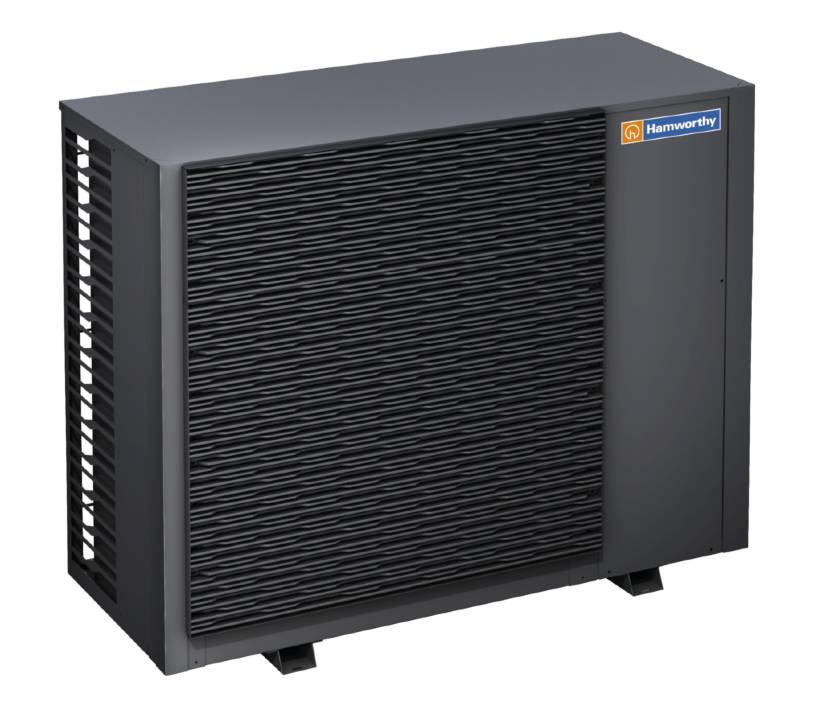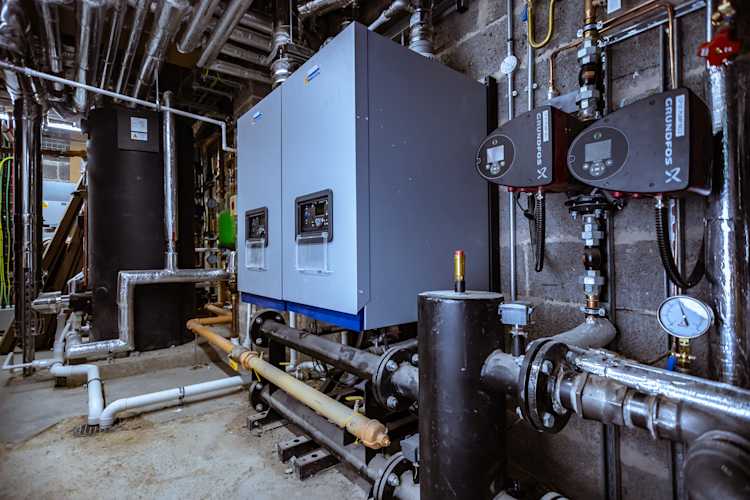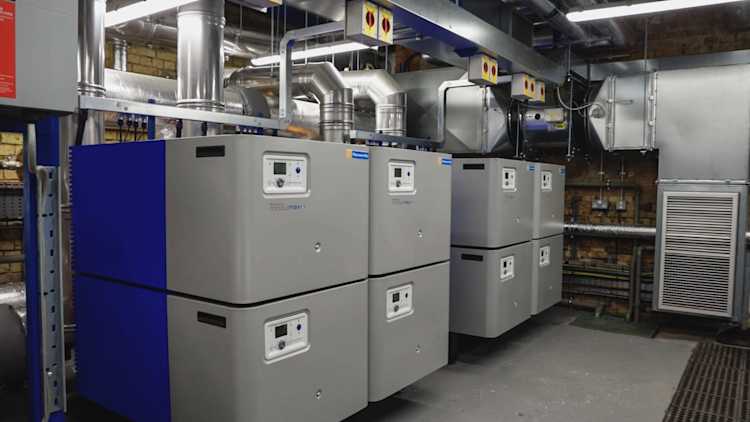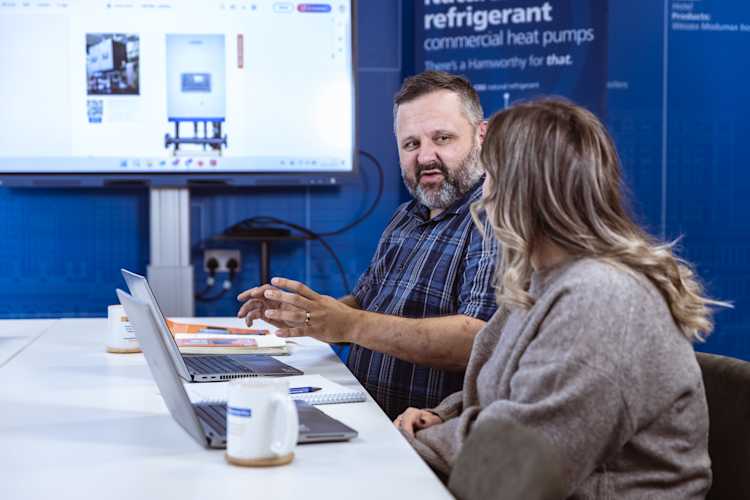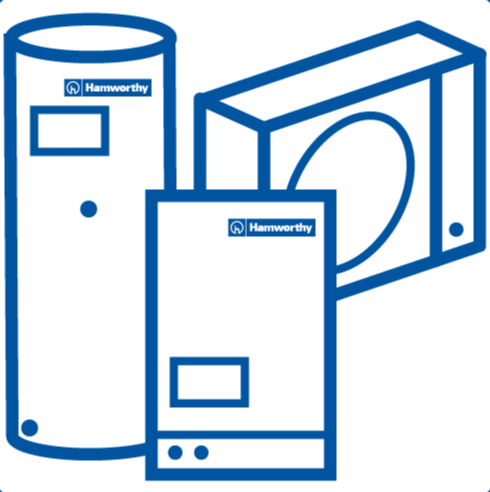Methods of hydraulic separation for heating systems
When looking at installing new boilers on to older heating circuits you need to consider many things such as what the existing system is (open vented or sealed) and how you will protect the new equipment.
In this article, we look at different methods to connect the new equipment such as commercial boilers to existing heating circuits with methods including low loss headers and plate heat exchangers.
Understanding the existing heating system
It is important to review the current heating system before you install any new equipment. This way, you can keep sludge and debris that may be in the old system as a result of corrosion away from your new boilers to avoid damage. This process includes but is not limited to:
System cleansing and/or flushing
Removal of old pipework and valves
Update of the existing system layout to include filtration/cleaning etc.
Evaluating whether the new installation can be sealed or open vented
By reviewing the following, it may help you find the most cost-effective and sensible solution for the customer.
Size and condition of current pipework A first point to look at is the condition and size of current pipework. For optimum performance and e.g. lower return temperatures for condensing performance (and higher efficiency), you may need to make changes.
Water flow/pumps needed? You should check whether the boiler has an integral pump and if a primary circuit pump is necessary. Does the current pipework’s flow capacity match the primary/shunt pump minimum requirements? An inadequate flow rate is not only annoying for the client but can also be costly: A broken heat cell caused by an insufficient water supply costs thousands to repair, a scaled-up heat exchanger causes efficiency losses and longer heat-up times as well as a shorter life expectancy. As commercial boilers are a large capital investment, it makes sense to assess what they are linked to.
Keeping equipment safe There are several ways to protect new boilers – a combined approach gives the best results. To prevent corrosion, 1) a dosing pot is worth installing which is used to introduce chemicals into the system. 2) An air and dirt separator removes air bubbles (another corrosion contributor) and dirt particles. 3) Strainers catch debris. A sidestream filter can also be included.
How to connect to the secondary circuit via hydraulic separation?
Hydraulic separation via low loss headers
Low loss headers, also called common headers, are available as different types: horizontal and vertical. Some also have dual action with combined air and dirt separators.
The installation of a low loss header in a heating system ensures adequate flow, resistance and temperature around the primary circuit that the boilers are installed in. Flow rates and temperatures in the secondary circuit may vary. Another benefit when using a vertical low loss header is the low flow velocity which allows sludge to sink to the bottom which can then easily be removed from the system via a trap. They are often supplied as part of a package directly from a manufacturer correctly sized to suit the chosen boiler’s connections.
What are the disadvantages of low loss headers? Alteration costs on an old heating system to include a low loss header can prevent using this choice. Other factors could be space requirements and an insufficient number of ports (depending on how many heating circuits you want to connect to it).
Hydraulic separation via plate heat exchangers
Plate heat exchangers provide ‘full’ hydraulic separation of heating circuits and protect new boilers from dirt and debris from an existing secondary circuit, as the water does not mix.
Different types of heat exchangers Several types of heat exchangers are available. While brazed plate heat exchangers can’t be taken apart, gasketed types can be fully maintained and increased in duty (depending on the frame size) for future extension of the heating circuit. Domestic hot water plate exchangers are solely for the purpose of providing hot water – hence for a different temperature profile and different controls. What are the advantages of using a plate heat exchanger?
Less treatment chemicals required in the primary circuit due to less water used in the primary circuit
Pressure protection
What are the disadvantages of using a plate heat exchanger?
If the secondary circuit is open vented, this side of the system may still require the same cleansing and maintenance approach as the primary circuit to prevent the plate heat exchanger from failing
Space issues when both heating circuits are pressurised and two pressurisation units are need
Several boilers are commonly used to prevent a single point of failure, only using one plate heat exchanger reintroduces this risk
High micron filters to catch debris in the system and additional maintenance are also recommended.
No flow boilers
A no flow boiler on the primary circuit does not depend on the secondary circuit flow for safe operation. Instead, an internal variable speed circulation circuit ensures water movement when circuit pumps are off or set to low. Differential temperature supervision in the boiler is used to control the output power for safe operation. The high water content in a no flow boiler equals high thermal mass which allows it to fire without flow and without risk of overheating. Once the control stat stops the boiler, the thermal mass safely absorbs residual heat. These types of boilers often have dedicated return connections for low temperature and high temperature heating circuits to ensure maximum efficiency can be obtained. What are the benefits of installing a no flow boiler such as our Varmax?
No dedicated primary circuit required
Not necessary to install low loss header, plate heat exchanger or pumps
Can operate at wide differential temperatures and the high and low temperature circuits connect to dedicated heat exchanger return connections
What should I consider when installing a no flow boiler?
Flow isolation through non-firing boilers is required, helping the system pumps to modulate which ensures flow through the firing boiler*
Boiler should not be operated using its own thermostats or integral temperature controls -> integration using a sequence controller or building management system for improved overall boiler control
Space limitations, access and weight must be taken into consideration – no flow boilers are often larger
* However, isolating any non-firing boiler in any system is good practice.
The choice is yours
Which method of hydraulic separation is preferable will be mostly determined by available plant room space, time, and budget.
Depending on the choice, other considerations would be low loss header/heat exchanger sizing and type of pump(s) used.
On the one hand, hydraulic separation can be achieved by using low loss header or plate heat exchanger. This offers flexibility, as this equipment is optional. On the other hand, opting for a no flow boiler means the most integral part of the heating system determines the remaining design considerations.
How can we help?
Why not request a free site survey?
